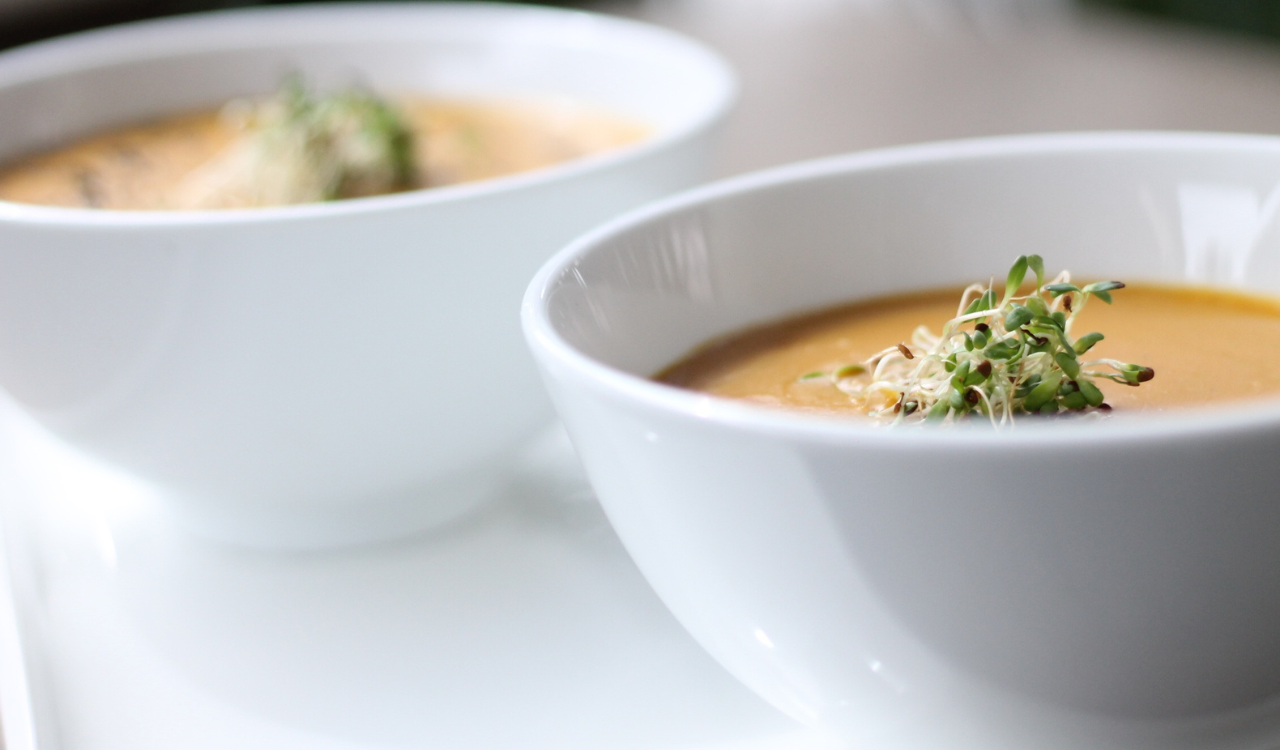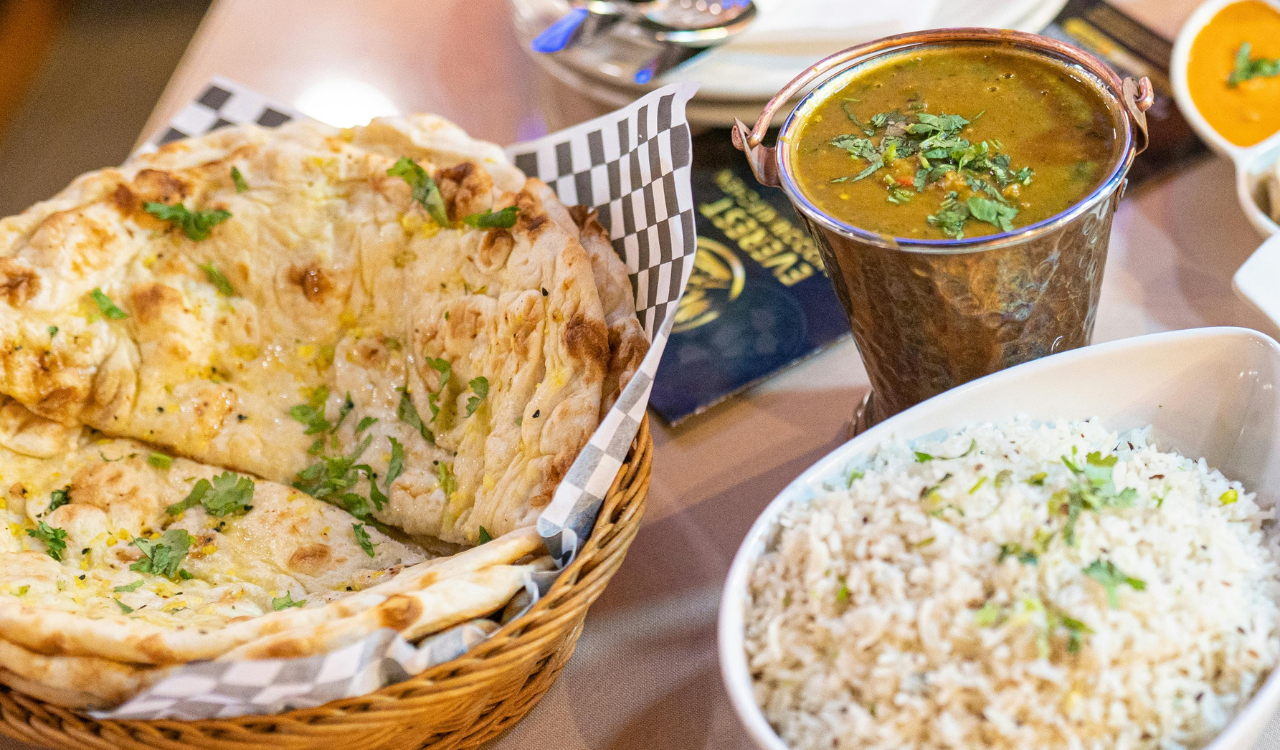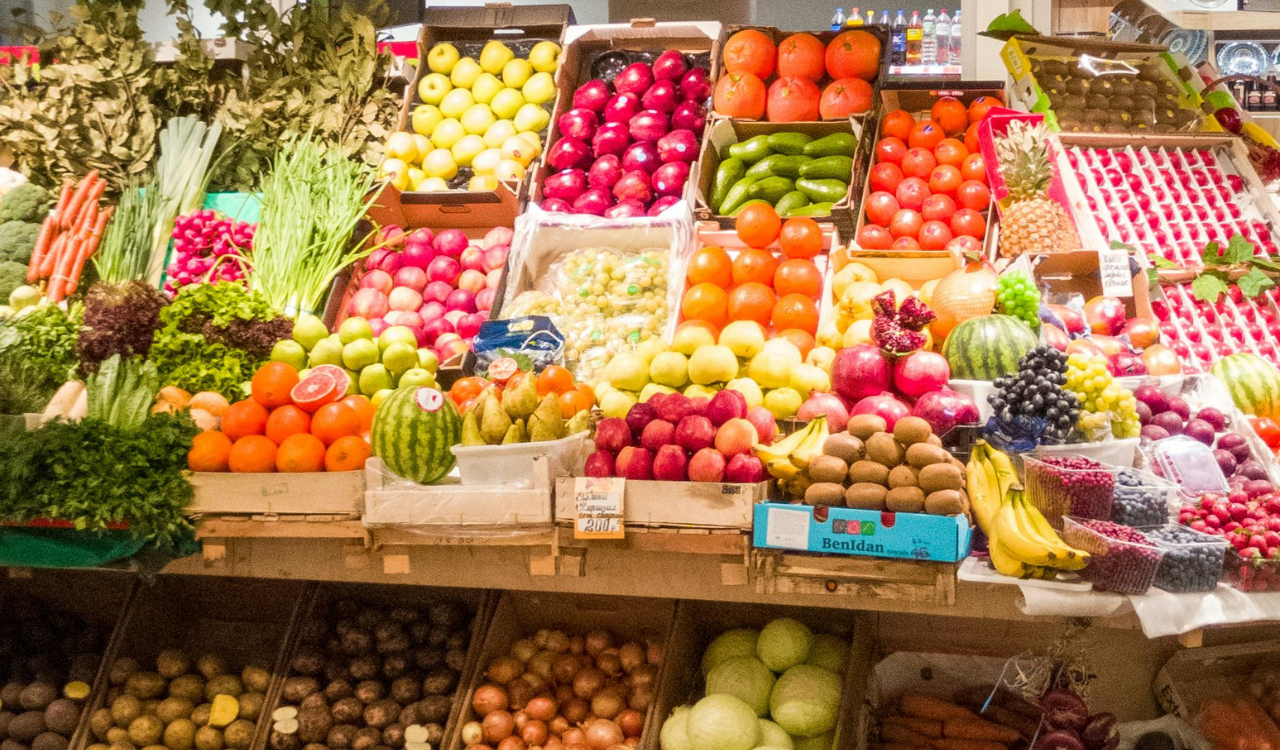8 Noodle Dishes Beyond Ramen Worth Trying

Noodles can be found in soups, stir-fries, and cold salads. In addition to ramen, there are a variety of other noodle dishes that are just waiting to be discovered. These eight international noodle dishes each have a distinct flavor, whether it’s crisp, spicy, comforting, or brothy. These recipes demonstrate how noodles can be tailored to regional ingredients, methods, and preferences. Let’s eat our way through them!
1. Phở (Vietnam)
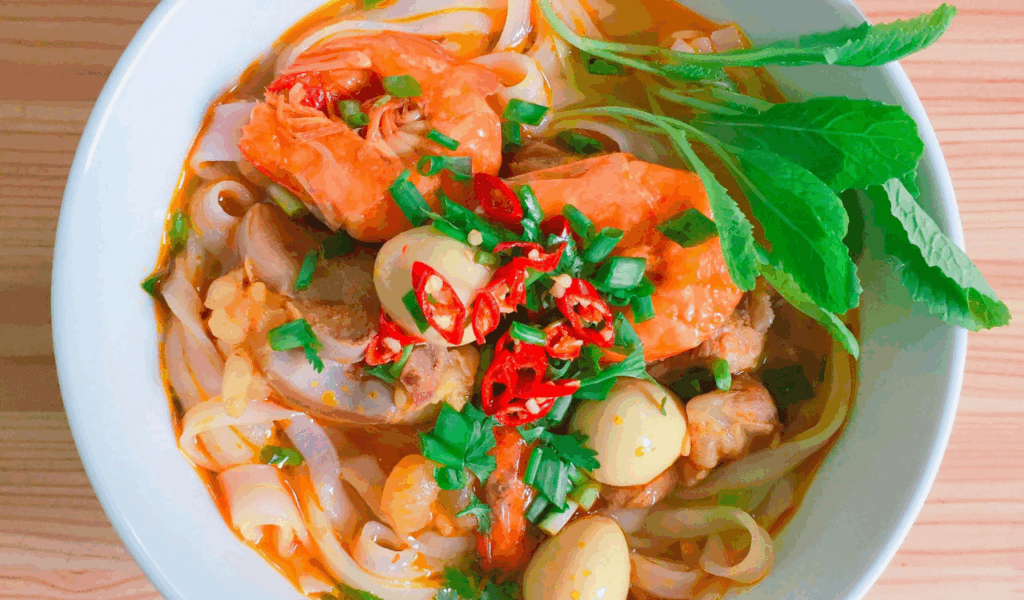
The main ingredient of phoở, a Vietnamese noodle soup, is a fragrant, transparent broth that is typically made from beef or chicken bones that have been simmered with ginger, cloves, cinnamon, star anise, and onion. Flat, soft rice noodles are served in the broth with thinly sliced meat, typically chicken or beef, and topped with bean sprouts, chili, lime, and fresh herbs, such as cilantro and Thai basil. Phở is incredibly comforting and well-balanced due to the contrast of the light chewiness of noodles, tender protein, fresh herbs, and deep-flavored broth. With no cream or heavy sauces, it highlights flavor clarity and lets each ingredient take center stage.
2. Pad Thai (Thailand)
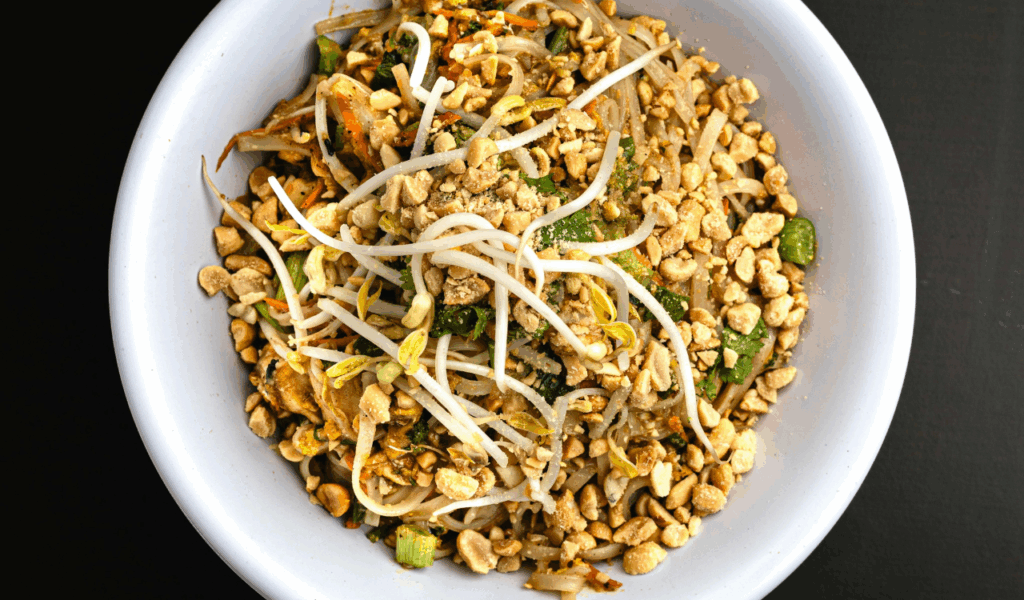
Pad Thai is a stir-fried rice noodle dish that combines a variety of flavors, including salty, sour, sweet, and occasionally spicy. Rice noodles, tamarind paste (for tartness), fish sauce (for umami and salt), palm sugar (sweet), eggs, bean sprouts, firm tofu or shrimp, garlic, peanuts for crunch, and lime wedges are common ingredients. Tossing the noodles in a hot wok quickly prevents them from becoming mushy and gives them a little char. The dish is transformed from heavy to colorful by the crunch of the peanuts, the freshness of the lime, and the addition of herbs like coriander or green onion. It’s the ideal illustration of how stir-fried noodles can be both nourishing and colorful.
3. Mì Quảng (Vietnam)
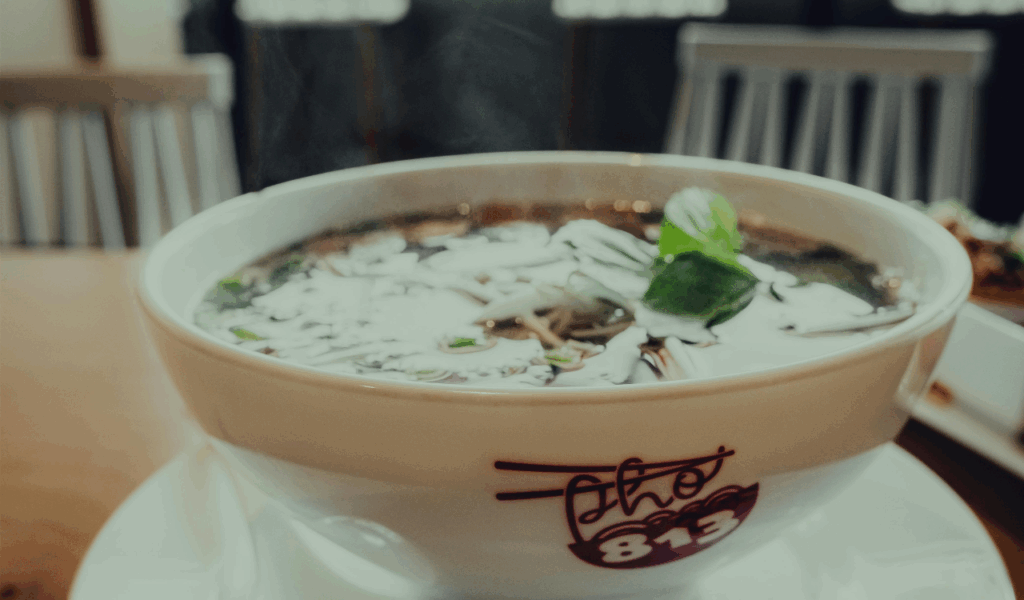
Mì Quảng, or Quảng noodles, are a type of noodle dish that originates in central Vietnam, particularly in the Quảng Nam region. The noodles are served with just enough broth to moisten them, but not so much that they submerge. Wide rice noodles are used, along with proteins like pork, shrimp, chicken, or even fish, and turmeric for color and mild flavor. It is topped with crispy toppings, peanuts, fresh herbs, and frequently a rice cracker. It has concentrated flavors and a vibrant appearance due to the minimal broth and turmeric-infused noodles. It is incredibly satisfying because of the way the textures—chewy noodles, crunchy garnishes, and fresh herbs—interplay.
4. Mì Goreng (Indonesia / Malaysia / Singapore)
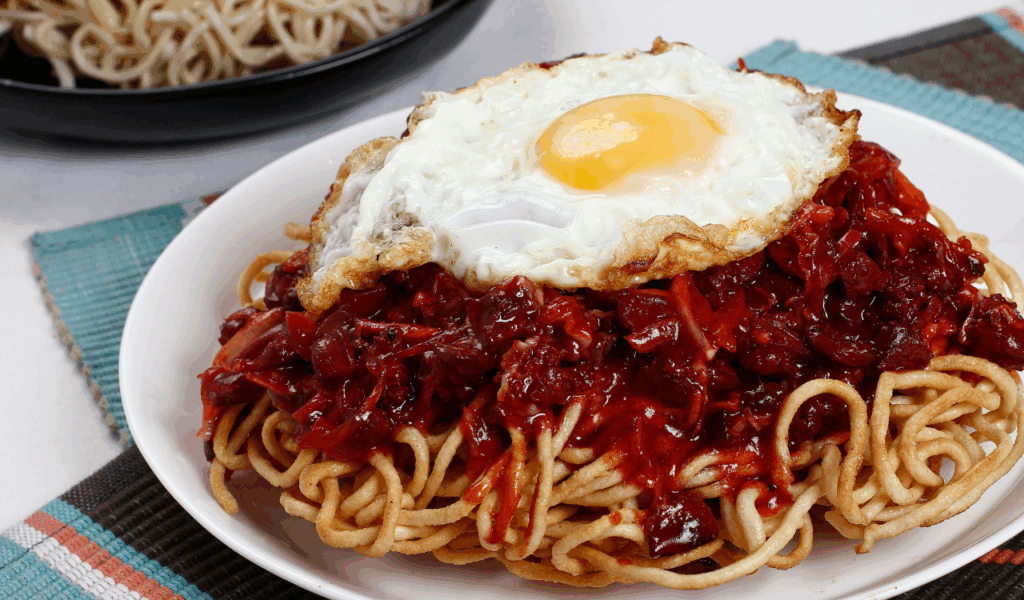
Mì Goreng, which translates to “fried noodles,” is a stir-fried dish of sweet and savory egg or wheat noodles. Garlic, shallots or onion, protein (chicken, shrimp, or tofu), vegetables (cabbage, carrots, and scallions), and sauces (light and dark soy sauce, chili, and occasionally a little tomato or ketchup-manis for warmth) are all included. For texture, the dish frequently ends with crispy bits or fried shallots. It feels hearty but never flat due to the caramelization and the combination of sweet, salty, and mild heat. Perfect for when you want something rich, quick, and fulfilling.
5. Hokkien Mee (Southeast Asia)
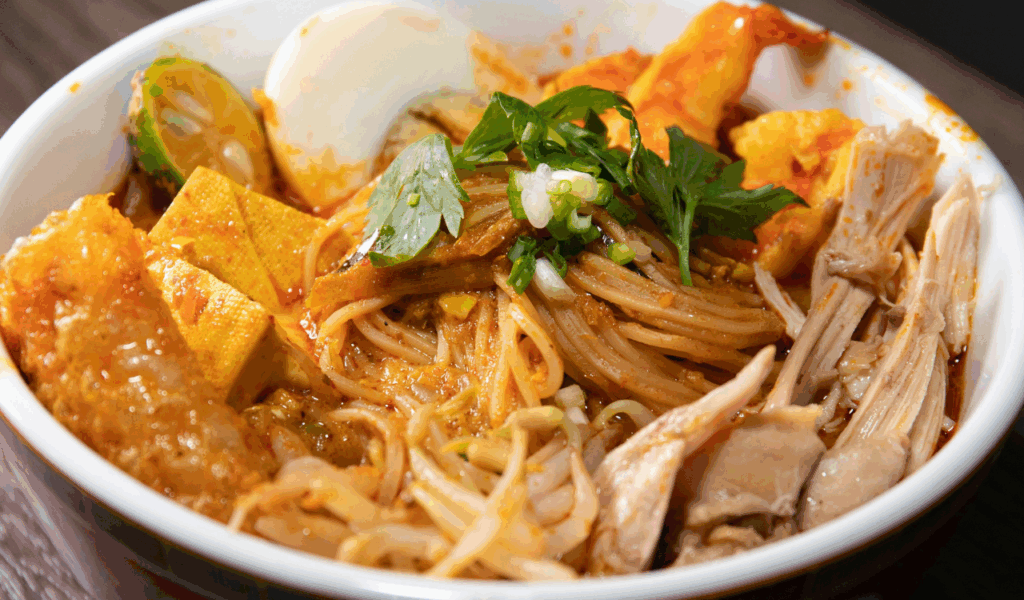
Singapore, Malaysia, and Indonesia are home to a family of dishes known as Hokkien Mee. In one version, rice noodles and thick yellow egg noodles are stir-fried with pork slices, prawns, squid, or other seafood, occasionally accompanied by dark soy sauce and a flavorful broth reduction. Another is soupy, with noodles, pork, prawns, and a tasty stock all in the broth. The texture contrast between noodles, vegetables, and seafood, as well as the layered flavors of the meat, seafood, and broth, are what make it so appealing. usually served with sambal or lime to give it a burst of heat or freshness.
6. Lor Mee (Hokkien / Southeastern China variant)
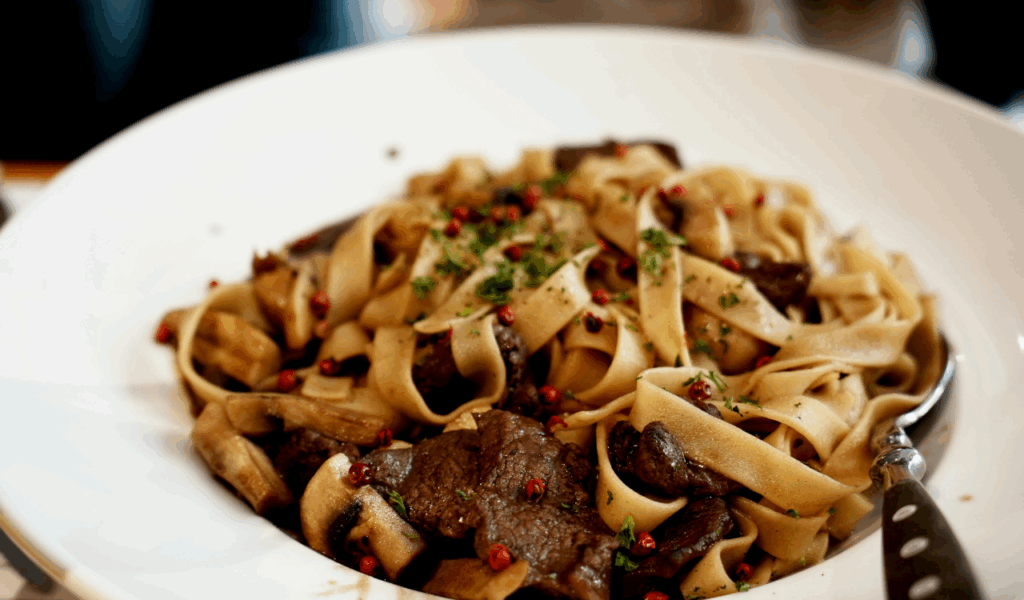
Originally linked to Hokkien Chinese cuisine, Lor Mee is a thick gravy noodle dish that has since been modified in Southeast Asia, including Singapore, Malaysia, the Philippines, and others. Dipped in a thick, starchy gravy consisting of broth, occasionally soy sauce, meat or seafood, eggs, fish cakes, and spices, it uses thick yellow wheat noodles, also known as wheat and egg noodles. There are a variety of toppings, including boiled egg halves, meat or fish dumplings, chicken or pork slices, and possibly even tofu. When you want something decadent, this rich, hearty sauce that clings to the noodles is perfect. Balance is essential to preventing the gravy from becoming too heavy due to its viscosity.
7. Tshi̍k‑á‑mī (Taiwan)
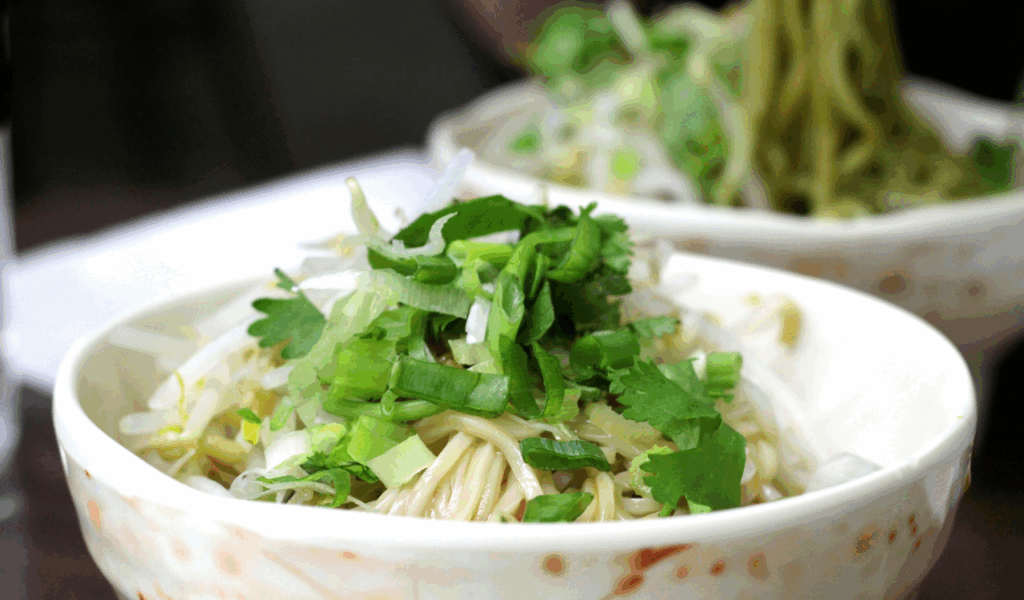
Northern Taiwan is the origin of the traditional Taiwanese noodle soup known as tshiƍk‑á‑mī. Served with sliced pork, bean sprouts, garlic chives, and occasionally fried shallots or garlic oil, it consists of yellow egg noodles cooked in pork bone broth (often enhanced with lard or pork belly). The term describes the “tshiƍk” motion, which involves shaking the noodle strainer to give the noodles the ideal texture. The stock serves as the foundation, and the toppings are straightforward but tasty. Although it isn’t as well-known abroad as Taiwanese beef noodle soup, it is adored locally for being hearty, well-balanced, and umami-rich.
8. Dan Dan Noodles (China)
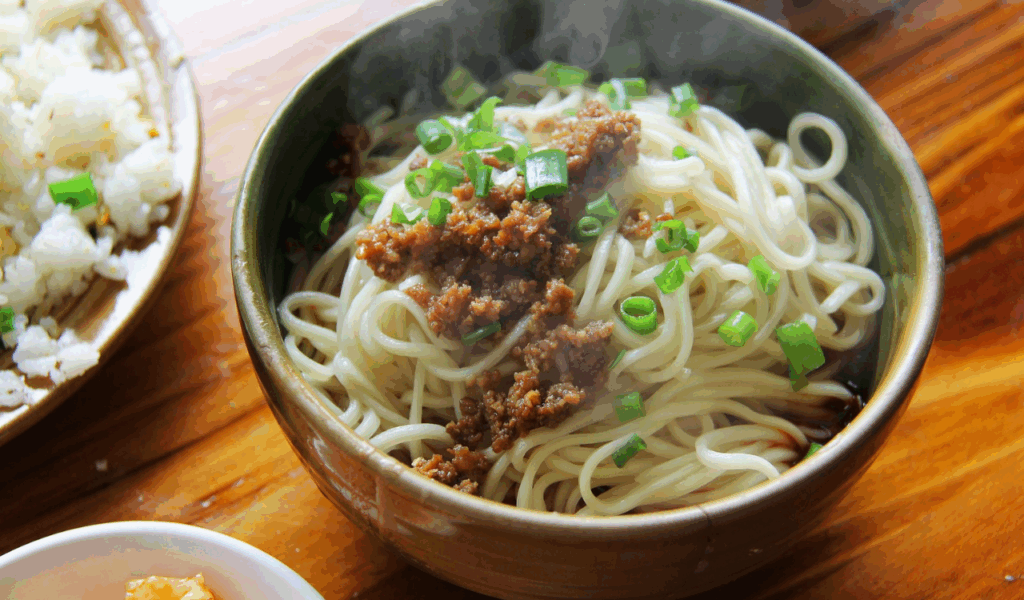
A Sichuan specialty, Dan Dan Noodles (Dan Dan Mian) combine noodles with savory, numbing, and spicy flavors. In addition to vinegar and soy sauce, the sauce usually contains minced beef or pork (often cooked in chili oil), garlic, Sichuan peppercorns (for numbing spice), and occasionally peanut butter or sesame paste. Typically, the noodles themselves are chewy wheat noodles. Chopped scallions, pickled veggies, and crushed peanuts are examples of garnishes. Warm, spicy, and full of flavor, it’s typically served in a bowl rather than as a soup but rather as a lightly saucy or sauced noodle. It’s a fantastic illustration of how simple ingredients can create complex flavors.

